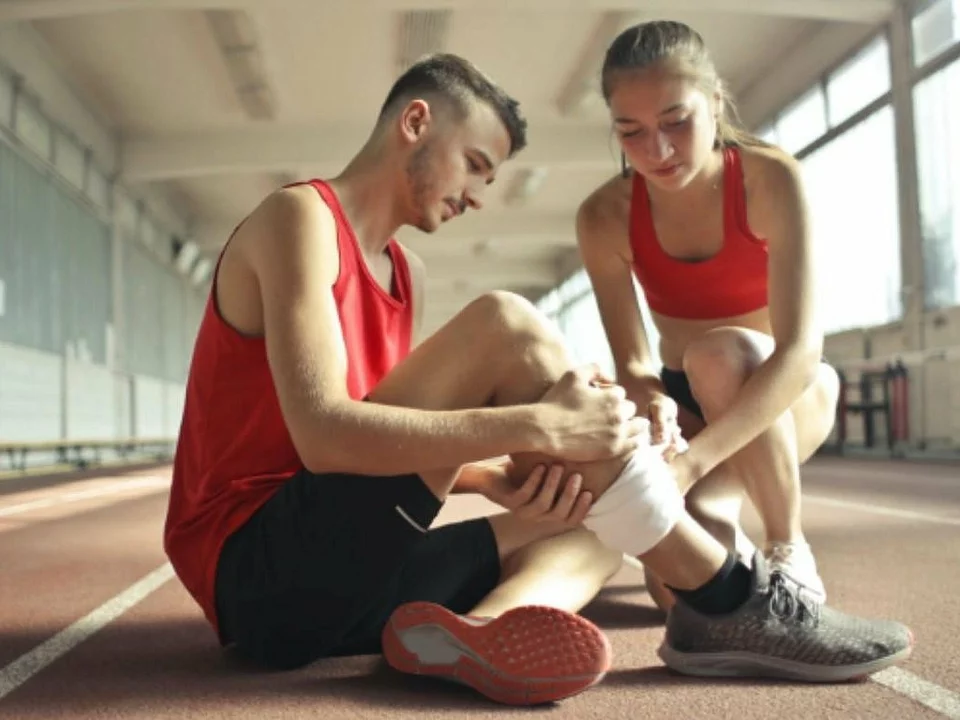Common Injuries: Quick Home Care, Prevention & When to Seek Help
Injuries happen fast. A twisted ankle, a deep cut, a burn from the stove—knowing simple, correct steps can stop a small problem from becoming a big one. Below you’ll find clear, practical first-aid moves and simple prevention tips you can use right away.
Immediate First Aid for Everyday Injuries
Sprains and strains: Use RICE—Rest, Ice, Compression, Elevation. Rest the joint, apply ice for 15–20 minutes every 2 hours for the first 48 hours, wrap with a snug bandage (not too tight), and keep it raised above heart level when possible. If you can’t put weight on it or the pain is severe, get it checked.
Cuts and scrapes: Stop bleeding by applying firm pressure with a clean cloth. Once bleeding slows, rinse with clean water, remove dirt, and apply a thin antibiotic ointment if available. Cover with a sterile dressing. Get stitches if the cut is deep, gaping, or won’t stop bleeding after 15 minutes of pressure.
Burns: For first-degree burns or small second-degree burns, cool the area under running cool (not icy) water for 10–20 minutes. Cover with a clean, non-stick dressing. Don’t use ice, butter, or toothpaste. For burns that are large, involve the face, hands, genitals, or are very painful, seek medical care right away.
Fractures and suspected broken bones: Keep the limb still and supported. Use a splint or soft padding if you must move the person, and get them to urgent care or the ER. Don’t try to realign bones yourself. If there’s heavy bleeding or the bone pierces the skin, call emergency services.
Head injuries and concussions: Any loss of consciousness, repeated vomiting, worsening headache, confusion, or slurred speech needs prompt medical attention. For mild bumps without red flags, rest, avoid screens for a bit, and watch symptoms closely over 24–48 hours.
Prevention Tips and When to See a Doctor
Prevention is often about simple habits: wear proper shoes, use helmets and seat belts, warm up before exercise, keep walkways clear at home, and use gloves or oven mitts around heat. For kids, bolt furniture, use stair gates, and supervise water play.
Over-the-counter pain relievers like ibuprofen or acetaminophen can help short-term pain and swelling—follow dosing instructions on the label. Topical antiseptics and bandages handle many minor wounds. If you see signs of infection (redness spreading, increasing pain, pus, fever), or if healing stalls, see a healthcare provider.
Trust your gut: if pain is intense, a wound is deep, motion is limited, or a head injury has worrying signs, don’t wait. Timely care can speed recovery and prevent complications.
Want quick checklists or printable first-aid steps? Bookmark this page or save a short list on your phone—having the right moves in an emergency makes a big difference.
